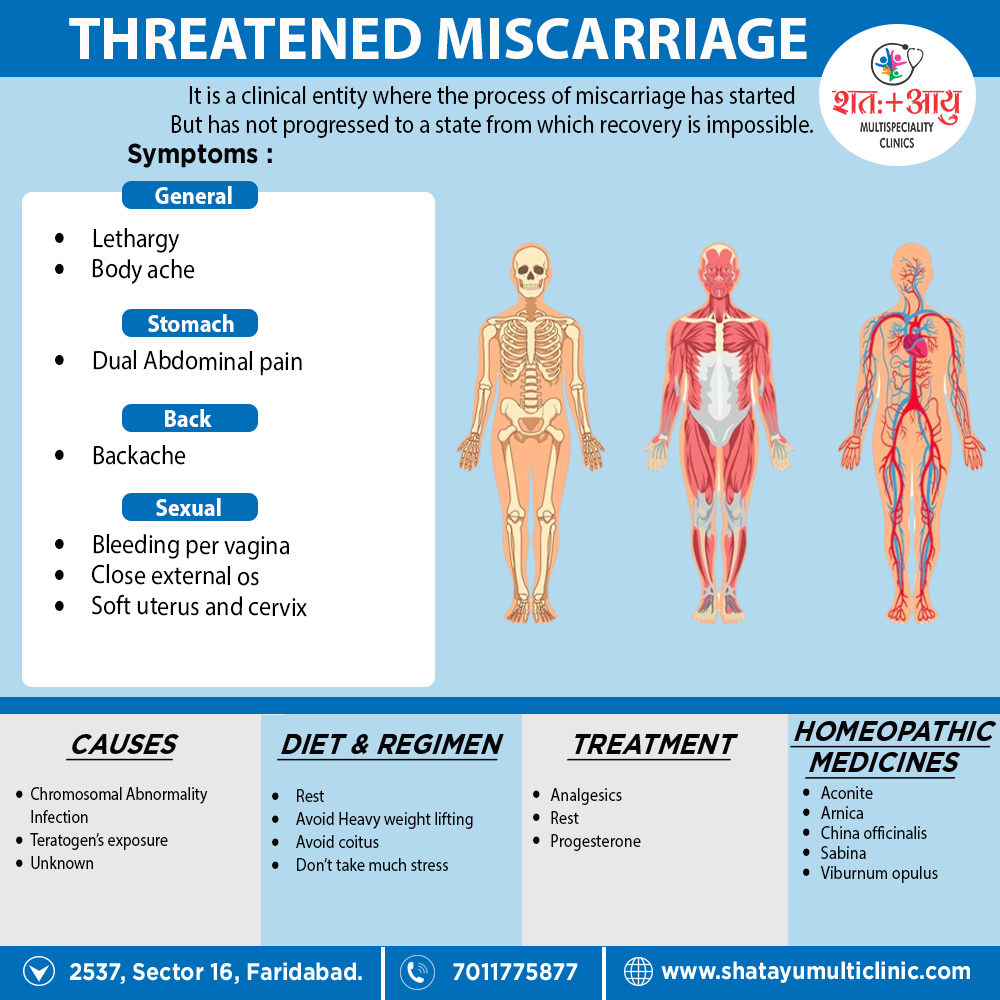The patient, having symptoms suggestive of pregnancy, complains of i.e.:
(1) Firstly, Bleeding per vaginum is usually slight and may be brownish or bright red in color. On rare occasion, the bleeding may be brisk, especially in the late second trimester. The bleeding usually stops spontaneously.
(2) Secondly, Pain: Bleeding is usually painless but there may be mild backache or dull pain in lower abdomen. Pain appears usually following hemorrhage.
Pelvic examination should be done as gently as possible i.e.-
(a) Speculum examination reveals- Bleeding if any, escapes through the external os. Differential diagnosis includes cervical ectopy, polyps or carcinoma, ectopic pregnancy and molar pregnancy.
(b) Digital examination reveals- The closed external os. The uterine size corresponds to the period of amenorrhea. The uterus also cervix feel soft. Pelvic examination is avoided when ultrasonography is available [1]

